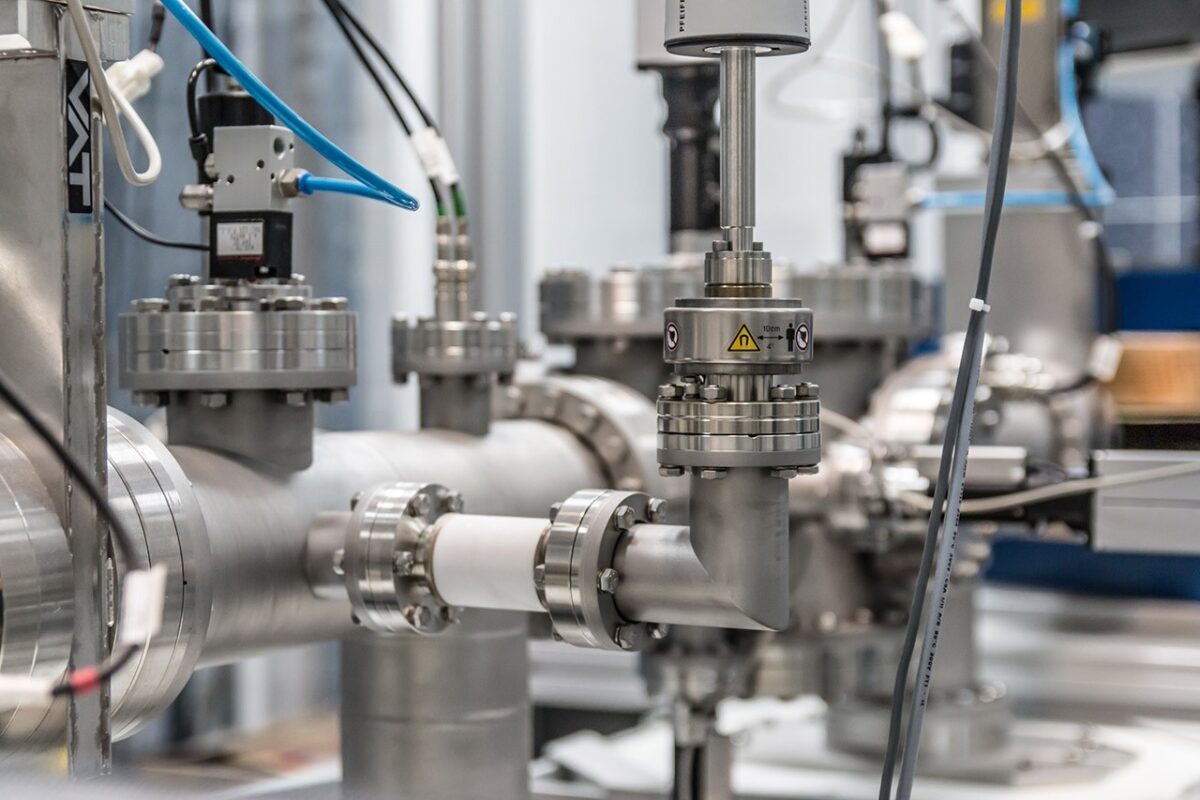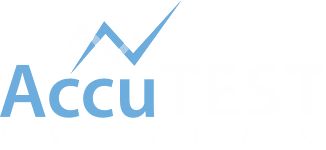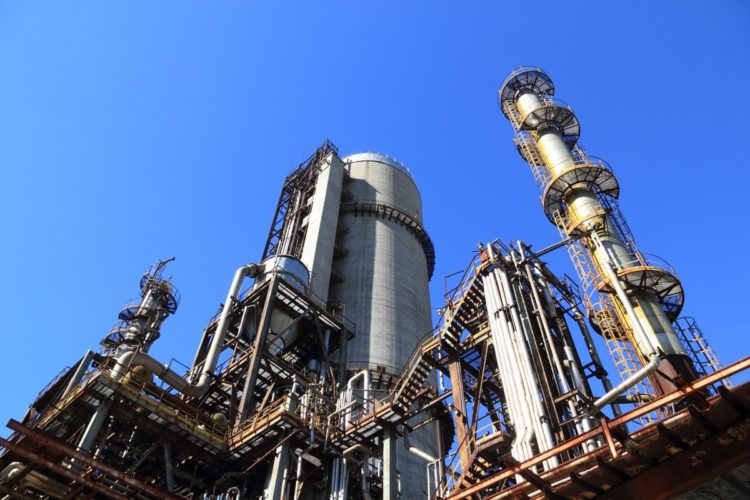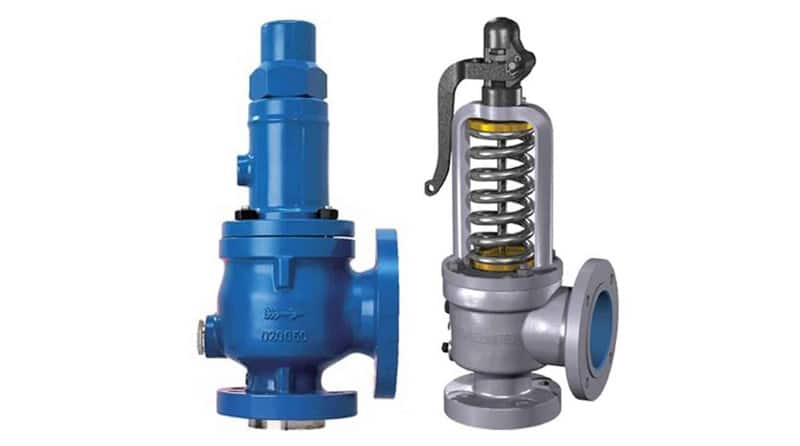Why is My Pressure Relief Valve Leaking?

Valve leakage is a common but troublesome occurrence in industrial facilities. While some valves are expected to have a certain level of leakage, especially as they begin to reach nameplate set pressure, other valve leakage is problematic and can even be dangerous for your facility. If you suspect valve leakage, here are a few reasons why your safety or pressure relief valve may be leaking, how to test the valve, and how to troubleshoot a valve you’ve confirmed is leaking. Four common reasons a pressure relief valve might be leaking include:
01. Pressure Relief Valve isn’t Fully Closed
Pressure relief and safety relief valves will leak if the valve isn’t fully closed. This is a common problem in industrial settings where environments are often dusty or dirty. If there is debris in the valve, it can obstruct the valve from fully closing, causing it to leak.
02. Pressure Relief Valve is Damaged
While a properly maintained Pressure relief valve can last up to 30 years, pressure relief valves age and can begin to deteriorate, especially in factories and facilities where they encounter extreme temperatures, harsh conditions and a great deal of wear. Over time, valves can become damaged, which affects their ability to close properly. If there is any damage or excessive wear to the valve seat or seal, leakage is likely.
03. Pressure Relief Valve is the Wrong Size
Another common cause of safety relief valve leakage is when the valve is the wrong size for the project. Whether it’s a loose fit or the wrong fit entirely, a poor-fitting valve won’t be able to function properly, and will almost always leak.
How to Test for a Leaking Pressure Relief or Safety Valve
If you suspect a leaking safety relief valve, or if you would like to complete regular maintenance to prevent valve leakage in the first place, it’s good to know that it is possible to test for a leaking valve. Known as a seat tightness or leakage test, these tests maintain the pressure relief valve’s inlet pressure at a certain percentage of the valve’s set pressure, so the valve technician can assess the valve’s condition.
The AccuTEST inline valve testing system offers a unique feature — the Lift and Hold test — specifically designed to test for leakage. The system performs an automated leakage test according to the operator’s requirements. The operator sets the percent of set pressure and the duration of the test. When the operator starts the test, the AccuTEST system takes over, holding the valve at the appointed percentage of set pressure for the specified duration. While the system holds the valve at pressure, the operator is able to count any bubbles in the valve to assess its condition and determine whether the valve is leaking or not.
Based on the provided information and general practices for valve testing, here’s a sample step-by-step process for testing a pressure relief or safety relief valve for leaks. Be sure to consult a licensed valve service technician for the process that is appropriate for your conditions
Preparation and Safety Check
- Ensure that the system is stable and it is safe to perform the testing.
- Isolate the valve to be tested, if necessary, to prevent system interference.
- Verify that all safety measures are in place to protect testing personnel and equipment.
Initial Inspection
- Conduct a visual inspection of the valve and surrounding area for any signs of damage, corrosion, or previous leakage.
- Check the valve identification tag to ensure the correct valve is being tested.
System Setup
- Connect the AccuTEST inline valve testing system to the valve according to the manufacturer’s instructions.
- Ensure all connections are secure and there are no leaks in the testing setup.
Test Parameter Configuration
- On the AccuTEST system, set the desired percentage of the valve’s set pressure that will be used during the test. This is typically a specific percentage below the valve’s full set pressure to prevent opening the valve completely.
- Set the duration for how long the valve will be held at this pressure during the test.
5. Performing the Lift and Hold Test
- Start the test on the AccuTEST system. The system will automatically raise the pressure to the specified level and hold it for the set duration.
- Monitor the system to ensure it is operating correctly and maintaining the set conditions.
Leak Detection
- While the valve is held at the set pressure, visually inspect the valve for leaks.
- Use appropriate leak detection methods, such as bubble formation in leak detection fluid applied around the valve sealing areas.
- Count and record any bubbles or leaks observed during the test period.
Assessment and Documentation
- After completing the test, release the pressure and disconnect the testing system following safety procedures.
- Assess the condition of the valve based on the test results. If leaks are found, determine the severity and decide on the appropriate corrective action, such as repair or replacement.
- Document the test results, including the test parameters, observations, and any actions taken or recommended.
Post-Test Procedures
- If the valve is found to be in good working order, return it to service following the appropriate system protocols.
- If repairs or replacements are necessary, follow the established maintenance procedures to ensure the valve is restored to a safe and functional condition before returning it to service.
Troubleshooting a Leaking Pressure Relief Valve
If you have tested and confirmed that your safety relief valve is leaking, there are a few ways to troubleshoot and attempt to resolve the leak.
The first step is to determine the cause of the leak, based on the information above.
- Is the pressure relief valve the right size for the project?
Ensuring the pressure relief valve is correctly sized is crucial as an undersized valve may not relieve pressure quickly enough, while an oversized valve can lead to premature wear and operational inefficiency. - Is the valve damaged?
Inspecting the valve for any physical damage, such as cracks, erosion, or corrosion, is essential, as these can compromise the valve’s integrity and its ability to function properly under pressure. - Is dirt or debris obstructing the valve?
Accumulation of dirt or debris inside the valve can impede its operation, leading to malfunction or failure in maintaining the required pressure levels, thus regular inspection and cleaning are vital for optimal performance.
When you have confirmed the source of the leak, you can assess whether the valve could be repaired, or if it should be completely replaced. For example, if the valve is the wrong size or if the valve is damaged, it’s best to replace it. If the valve can be cleaned and adjusted to function properly, then repair may be an option.
“Leaking pressure relief valves can present serious complications for the functionality of your facility; degrading productivity and risking costly downtime.”
Reduce Pressure Relief Valve Leaks with Regular Maintenance and Testing
Once your leaking safety relief valve has been repaired or replaced and is functioning as it should, it’s important to consider implementing regular maintenance and testing. Leaking pressure relief valves can present serious complications for the functionality of your facility; degrading productivity and risking costly downtime. Implementing a regular maintenance and pressure relief valve testing schedule can help you stay in front of concerns like this, ensuring your facility is running efficiently, and at pressure, at all times.
If you are concerned about a leaking safety or pressure relief valve, or are seeking inline valve testing equipment that is capable of performing seat tightness or leakage tests, add inline testing equipment like the AccuTest SL or the AccuTest TT. With our exclusive “Lift and Hold” testing capabilities, AccuTEST inline pressure relief valve testing equipment offers the functionality you need.
Schedule a Demo with AccuTEST SystemsSee how our equipment works in real-time — schedule a live product demonstration today. Short on time or not ready for a demo? Download the AccuTest product guide!



